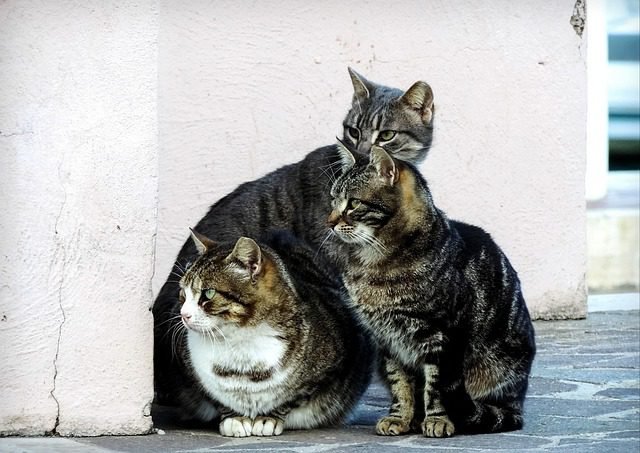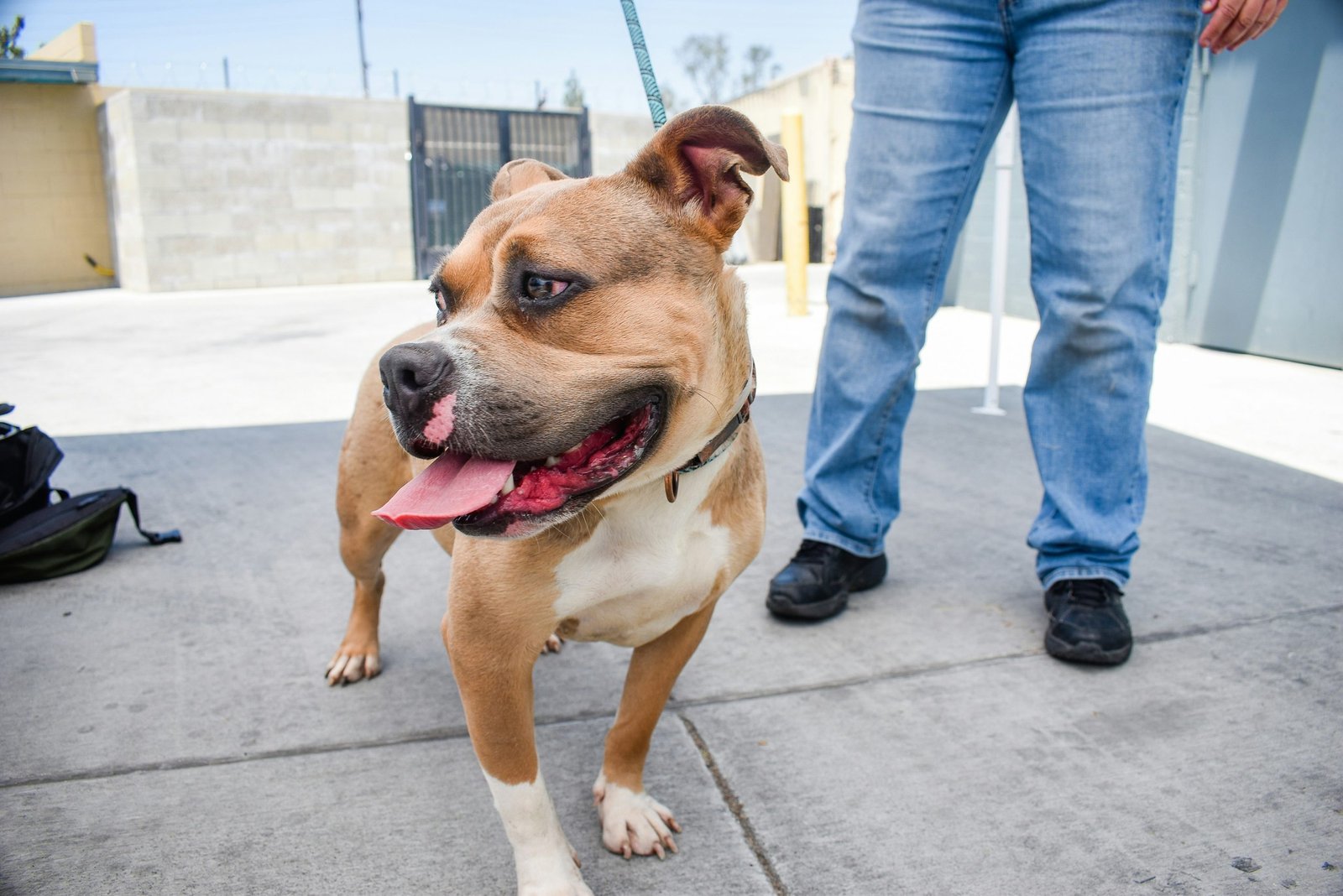Create. Amaze. Inspire.
We Are a Creative Agency Located in London
Our Services
Video Production
Fusce dapibus, tellus ac cursus commodo, tortor mauris condimentum nibh, ut fermentum massa justo sit amet risus
Professional Editing
Fusce dapibus, tellus ac cursus commodo, tortor mauris condimentum nibh, ut fermentum massa justo sit amet risus
Aerial Video
Fusce dapibus, tellus ac cursus commodo, tortor mauris condimentum nibh, ut fermentum massa justo sit amet risus
Our Team
Why Us?
Best Filming Equipment
Lorem ipsum dolor sit amet, consectetur adipiscing elit. Ut elit tellus, luctus nec ullamcorper mattis, pulvinar dapibus leo.
10 Years of Experience
Lorem ipsum dolor sit amet, consectetur adipiscing elit. Ut elit tellus, luctus nec ullamcorper mattis, pulvinar dapibus leo.
Professional Editing
Lorem ipsum dolor sit amet, consectetur adipiscing elit. Ut elit tellus, luctus nec ullamcorper mattis, pulvinar dapibus leo.
Blog
Whiskers in the Wild: The Story of Feral Cat Colonies
When we think of cats, many of us see domestic pets curled up in warm homes, bowls of food and love from their owners. But, some cats live very different lives — in the wild, on their own, without the safety and security of human care. These cats are known as feral cats, and they often form what are called feral cat colonies. But what exactly is a feral cat colony, and why is it important to understand them? Let’s dive in! What is a Feral Cat Colony? A feral cat colony is a group of stray, wild, or semi-wild cats that live together in a specific area, often outdoors. These cats are typically not socialized to humans, meaning they avoid human contact and are wary of people. Unlike domesticated cats, feral cats are born and raised without human interaction, and their instincts are more aligned with survival in the wild. Colony cats usually band together for survival purposes, especially when food sources and shelter are scarce. These cats may share territories and live in places like abandoned buildings, alleys, urban parks, or even rural areas. The colony structure is often hierarchical, with dominant and submissive cats, and they tend to communicate through body language and vocalizations. How Feral Cat Colonies Form Feral cat colonies generally form when a group of unspayed female cats and unneutered male cats come together in a shared location. As these cats reproduce, their kittens also grow up and contribute to the colony. Since feral cats do not have regular human intervention, their numbers can grow rapidly if left unchecked. The behavior of feral cats is largely driven by survival instincts. They will seek out food, water, and shelter to ensure their own survival and that of their offspring. They may scavenge from human food sources, hunt small animals, or rely on donations from local animal lovers who might feed them regularly. Challenges for Feral Cats Feral cats face numerous challenges in their lives. Without human care, they often live shorter, more difficult lives. The lack of proper nutrition, shelter, and veterinary care can lead to malnutrition, illness, injury, and early death. Many feral cats will also develop a variety of behavioral and health problems that make them more vulnerable to disease and parasites. Since feral cats are not accustomed to human interaction, they are often misunderstood. Many people view them as pests, while others may want to help but don’t know how. This misunderstanding can sometimes lead to the cats being trapped, relocated, or euthanized, which is not always the best solution. Why Should We Care About Feral Cat Colonies? Feral cat colonies can have a significant impact on local ecosystems. While they help control populations of small rodents and other animals, they can also prey on native birds and wildlife. This is why it’s essential to approach feral cat populations thoughtfully and responsibly, rather than just viewing them as a nuisance. Moreover, feral cats often face harsh living conditions. Animal advocates and rescue organizations understand the importance of humane management and care for these cats. One effective way to address feral cat colonies is through a program called Trap-Neuter-Return (TNR). What is TNR (Trap-Neuter-Return)? TNR is a humane and effective approach to managing feral cat colonies. It involves trapping the cats, taking them to a veterinarian for neutering or spaying, and then returning them to their original location. This prevents further reproduction, reduces the overall population, and helps stabilize the colony. TNR programs are beneficial because they not only help control the number of feral cats, but they also improve the health and well-being of individual cats. By preventing the overpopulation of feral cats, TNR can also reduce some of the negative impacts that feral cats have on local wildlife. It is one of the most widely recommended and ethical ways to manage feral cat colonies, as it is much more effective than trapping and removing the cats. How Can You Help? If you encounter a feral cat colony in your neighborhood, there are several ways you can help: Feral cat colonies are a reality in many urban and rural areas. These cats, though they live apart from humans, are still part of our communities and deserve humane management and care. Through understanding, education, and responsible programs like TNR, we can improve the lives of feral cats and mitigate their impact on the environment. By helping to control the population and providing them with better living conditions, we can coexist with these resilient animals in a way that benefits everyone.
How to Spot a Responsible Animal Rescue
Adopting a pet is a life-changer, and the right animal rescue organization can make all the difference. Sadly, not all rescues are created equal, and some may not have the best interests of the animals at heart. So how can you be sure you’re working with a responsible, ethical animal rescue? Here are some key signs to look for when choosing a rescue to trust. 1. Transparency and Clear Communication A responsible animal rescue is open and honest about their operations. They should be able to provide clear information about how they operate, where their animals come from, and how they are cared for. For example, they should offer clear and easy-to-find contact information. They should also have detailed answers to your questions about the pet adoption process, fees, and follow-up care. Transparency about the animals’ health history, including vaccinations, spaying/neutering, and any medical treatments they’ve received should also be easy to find, or even better, packaged nicely and presented to you. A reputable rescue will be more than happy to share details about their rescue efforts, as well as any challenges they may face in caring for the animals. 2. Health and Wellness Checks A responsible rescue ensures that all animals in their care receive regular medical attention. They should screen for common illnesses, make sure pets are spayed or neutered, and ensure the animals are up-to-date on vaccinations. Things you want to see: If a rescue is unwilling to provide this information or seems unclear about the health status of their animals, that’s a red flag. 3. Ethical Adoption Process A responsible animal rescue will follow a thorough and ethical adoption process that matches pets with the right families. They should ensure that you are adopting the right animal for your lifestyle and that the pet’s well-being will be a top priority. What to look for: Rescues that adopt out animals without asking the right questions or doing any follow-up care may be more focused on volume than animal welfare. 4. Promotes Education and Awareness Responsible rescues often engage in educational efforts to raise awareness about issues like pet overpopulation, spaying and neutering, and responsible pet ownership. They should actively advocate for animal welfare within the community and work to educate the public on the importance of adoption. Look for things like: A responsible rescue will work beyond just placing animals in homes—they’ll be part of the solution to larger animal welfare issues. 5. Accountability and Financial Integrity Responsible rescues are transparent about their finances and accountable for how donations are used. They should be a 501(c)(3) nonprofit organization (or equivalent in your country), meaning they operate as a charitable organization. Things you might want to look for include: A lack of financial transparency or unwillingness to disclose how money is spent could indicate an organization that is mismanaging funds or has questionable practices. 6. Fosters and Volunteers Are Involved Responsible rescues rely on dedicated foster homes and volunteers who help care for the animals. These volunteers are often the heart of the organization, providing firsthand knowledge and insights into the animals’ personalities and needs. Look for things like: A rescue that has a robust foster program shows that they are committed to ensuring animals are well-cared-for before going to their forever homes. 7. No High-Pressure Tactics A responsible animal rescue should never pressure you into adopting a pet. They will want you to take your time making an informed decision, ensuring that the match is right for both you and the animal. Look for things like: If a rescue is overly pushy or uses guilt to convince you to adopt an animal, that’s a sign they may not be as focused on long-term welfare as they should be. 8. Post-Adoption Support Responsible rescues provide ongoing support after adoption, ensuring that both pets and adopters transition smoothly into their new life together. This includes offering advice, resources, and sometimes even follow-up check-ins. Look for a rescue that provides this type of support demonstrates their commitment to the pets’ long-term happiness and ensures that they aren’t just focused on getting animals adopted but on helping them succeed in their new homes. When you choose to adopt a rescue pet, you’re not just giving a homeless animal a second chance—you’re also supporting an organization that is dedicated to animal welfare. By doing your research and knowing the signs of a responsible rescue, you can be confident that you’re working with an organization that has the best interests of animals at heart. Remember, a good rescue will always prioritize the health, safety, and happiness of its animals, and will work with you to ensure you are prepared for the responsibilities of adoption. Happy adopting!
How to Prepare Your Home for a New Pet
Adopting a new pet or rescue pet is one of the most rewarding experiences you’ll find in life, but it’s important to set up your home for success before your new furry friend arrives. Whether you’re bringing home a dog, cat, or any other type of animal, proper preparation ensures a smooth transition and helps your pet feel safe, loved, and comfortable in their new forever home. Here’s a guide to help you prepare! Create a Safe and Secure Space Rescue pets may have experienced trauma, abandonment, or neglect, so it’s essential to give them a quiet and safe space to adjust. Depending on the type of pet you’re adopting, this might be a specific room or a crate for a dog, or a cozy corner for a cat. Pet-Proof Your Home Just like you would baby-proof your home for a child, it’s important to pet-proof your space to keep your new pet safe from household hazards. Stock Up on Supplies Before your rescue pet arrives, you’ll need to gather some basic supplies to ensure their comfort and well-being. Prepare for the First Few Days The first few days in a new home can be overwhelming for a rescue pet, so it’s crucial to create a calm and quiet environment. Here’s what you can do to help them settle in: Introduce Family Members Slowly It’s important to introduce your new pet to other members of your family, including other pets, at a gradual pace. Visit the Veterinarian Before bringing your new pet home, make sure they have received all necessary vaccinations and health screenings. It’s always a good idea to take your pet to the vet shortly after adoption for a general health check-up, even if they’ve already been examined at the rescue. Patience is Key Remember, it may take some time for your new pet to fully trust you and feel at home. Be patient and give them plenty of positive reinforcement, like treats, praise, and gentle petting. Don’t be discouraged if they seem shy or anxious at first—these behaviors are common in rescue animals, and with time, they will learn to feel comfortable. Establish a Training Plan If you’re adopting a dog, starting basic training early is important. Whether it’s housebreaking, crate training, or teaching basic commands like sit and stay, a little patience and consistency can go a long way. Prepare for the Long Term Adopting a rescue pet is a long-term commitment. In addition to the initial preparation, be ready to continue providing your pet with love, attention, and care for years to come. This includes regular vet visits, continued training, and plenty of mental and physical stimulation. Remember, Preparing your home for a rescue pet is about more than just gathering supplies—it’s about creating a loving, secure environment where your new companion can thrive. With the right space, patience, and care, you’ll be giving your rescue pet the best possible start in their new life. Enjoy every moment of this special journey together!
Our Address
1 Gibfield Park Ave Atherton Manchester M46 0SU










